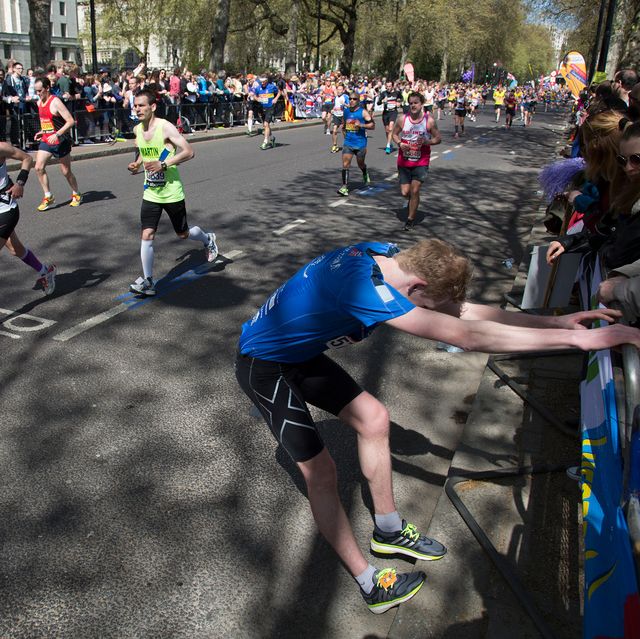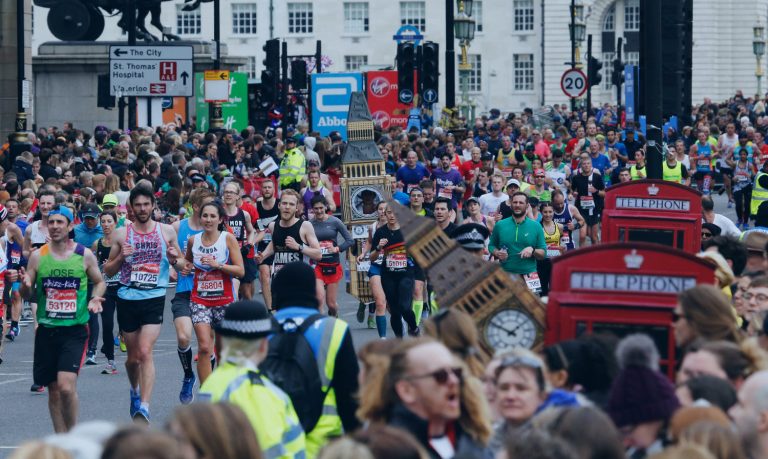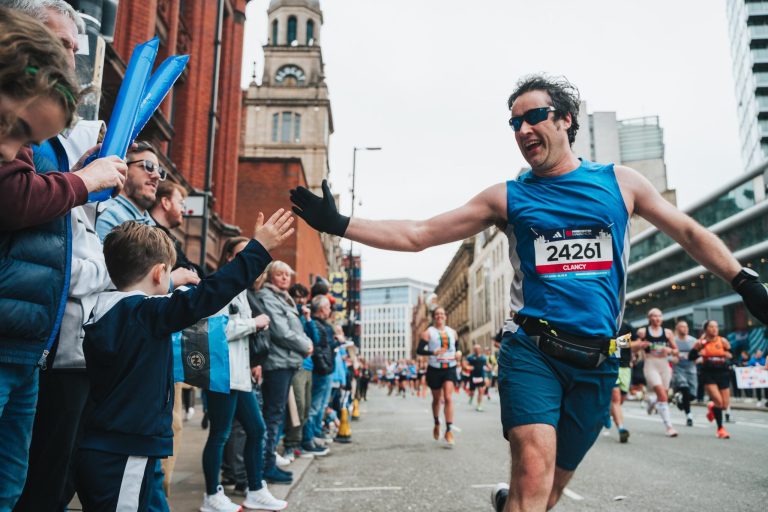The Perfect Mile: Book Summary
The Perfect Mile by Neal Bascomb tells the gripping true story of three runners chasing the impossible—a sub-four-minute mile. Roger Bannister, Wes Santee, and John Landy pushed human limits in the 1950s. This book captures their rivalry, struggles, and ultimate triumph. It’s a must-read for sports fans and anyone inspired by perseverance.
Who May Benefit from the Book
- Runners and athletes seeking motivation from legendary competitors.
- History buffs interested in 1950s sports culture.
- Coaches looking for insights into training philosophies.
- Readers who enjoy underdog stories and human achievement.
- Students of psychology exploring mental toughness.
Top 3 Key Insights
- The four-minute mile was considered an unbreakable human limit.
- Three athletes—Bannister, Santee, and Landy—took different paths toward the same goal.
- Mental strength mattered more than pure physical ability.
4 More Lessons and Takeaways
- Training styles varied—Bannister used science, Landy embraced brutal workouts, and Santee relied on raw talent.
- The 1952 Helsinki Olympics crushed their dreams but fueled their determination.
- Coaching philosophies clashed—Percy Cerutty’s intensity vs. Bill Easton’s structured methods.
- Their rivalry pushed all three to achieve what once seemed impossible.
The Book in 1 Sentence
Three runners race against time, each other, and doubters to break the four-minute mile barrier in an epic 1950s showdown.
The Book Summary in 1 Minute
In the 1950s, running a mile under four minutes was considered impossible. British medical student Roger Bannister, American cowboy Wes Santee, and Australian perfectionist John Landy each chased the dream. Bannister used science, Landy endured grueling training, and Santee fought against athletic officials. After setbacks at the 1952 Olympics, their rivalry intensified. On May 6, 1954, Bannister broke the barrier—proving human limits are mental, not physical.
The Book Summary in 7 Minutes
The Impossible Four-Minute Mile
For decades, experts believed running a mile in under four minutes was beyond human capability.
- A psychological barrier—many thought it would kill a runner.
- Elite athletes came close but always fell short by seconds.
- The round number “4” made it a mythical goal.
Roger Bannister: The Scientist
Bannister balanced medical studies with running, using logic to break the record.
- Studied physiology to optimize pacing and oxygen use.
- Trained less but smarter—focused on speed intervals.
- Faced British pressure to restore national pride after WWII.
Wes Santee: The Natural Fighter
A Kansas farm boy with unmatched talent but constant obstacles.
- Ran to escape an abusive father.
- Battled amateur rules that limited his races.
- Relied on raw speed but lacked structured coaching.
John Landy: The Relentless Perfectionist
Landy trained harder than anyone, chasing flawless form.
- Ran twice daily through forests and sand dunes.
- Wanted a “perfect” race more than just winning.
- Carried Australia’s hopes as their top athlete.
1952 Olympics: The Turning Point
All three failed in Helsinki, sparking their four-minute quest.
- Bannister finished fourth, haunted by poor tactics.
- Santee was forced to run the wrong event.
- Landy didn’t qualify, fueling his obsession.
Clash of Coaching Styles
Two coaches shaped their approaches:
| Percy Cerutty (Landy’s coach) | Bill Easton (Santee’s coach) |
|---|---|
| Wild, intense “Stotan” philosophy | Structured, scientific methods |
| Pushed athletes to collapse | Focused on gradual progress |
| Believed in mental toughness | Emphasized technique |
The Race to History
By 1954, the rivalry reached its peak.
- Bannister’s strategy: Pace himself with teammates, then sprint.
- Landy’s approach: Lead from the start, endure the pain.
- Santee’s bad luck: Banned from key races due to amateur rules.
On May 6, 1954, Bannister ran 3:59.4—breaking the barrier. Just 46 days later, Landy ran 3:58.0, proving it wasn’t a fluke.
The Aftermath and Legacy
- Bannister retired to focus on neurology.
- Landy became a scientist and conservationist.
- Santee served in the Marines, never turning pro.
Their story shows how competition drives progress.
About the Author
Neal Bascomb is a bestselling author of historical nonfiction. He writes about extraordinary human achievements, from sports to war. The Perfect Mile won awards for its gripping narrative. Bascomb lives in Seattle and enjoys outdoor adventures.
How to Get the Best of the Book
Read it like a thriller. Note how each runner’s mindset affected their success. Compare their training to modern methods.
Conclusion
The Perfect Mile proves limits exist only in the mind. Bannister, Landy, and Santee redefined human potential. Their story still inspires athletes to push beyond barriers.






